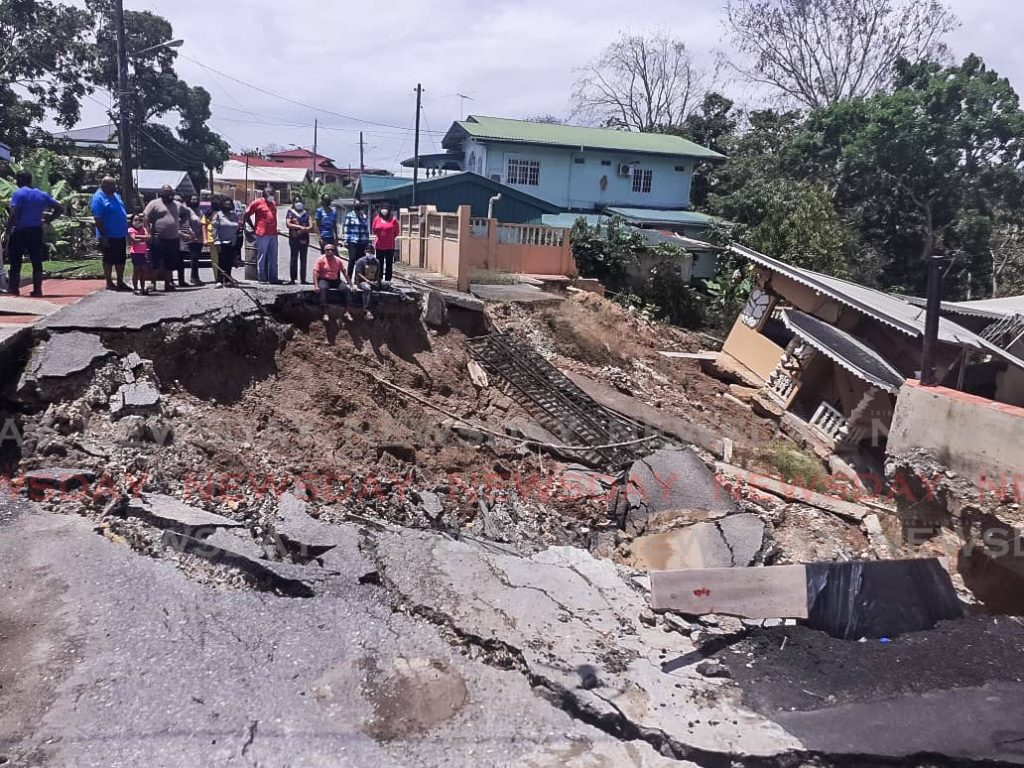Planning for a planning authority in Trinidad and Tobago

If we are to judge by the current state of affairs when it comes to the state’s planning and development regime, then all of the talk last week of the introduction of a new planning agency is likely to suffer the same fate as such previous plans by ending up as exactly that: plans.
That the state cannot get its house in order at present is evident not only by widespread public perception and appreciation of the lived environment around us. It is also dramatically demonstrated by the cataclysmic scene last week at Mandingo Road, Princes Town, where a landslip destroyed a home and rendered a major road impassable, as well as the flooding that occurred in the last few weeks due to unusual rainfall levels but also aggravated by unclogged drainage infrastructure surrounding farming land.
But ask officials of the Ministry of Planning and Development and they are likely to urge you to avert your gaze from such matters: to see the glass half full as opposed to half empty.
“It is not that there is nothing taking place, sir,” said acting deputy permanent secretary Marie Hinds – the title of this official alone speaks volumes on the problems in the public sector – at a parliament committee meeting. “I would not want you leave members of the public thinking that it is the wild, wild West, even though you may perceive that to be the case at times.”
Ms Hinds was correct in her gauging of the public sentiment on this matter, at least. Whether or not people have a direct experience of delays in getting approvals or experiencing inconsistent enforcement, most can look up to the hills and see the rapidly changing landscape in which a smattering of huge buildings and developments are now routinely perched, with little guarantee that matters such as the effect on runoff has been considered in part or in whole as part of a nation-wide scenario.
According to Ms Hinds, a new national planning authority could begin work within the next three months to assist in land development. But what we need is not another agency. What we need is the current system to be fixed.
Will this authority be the same one that was outlined in the Planning and Facilitation Development Act 2014? Why exactly was that act not proclaimed?
Do we need that law, or more law to get some sense of a coherent system of sensible rules being properly enforced to protect the public, be it indiscriminate developers or opportunistic land grabbers?
How could seven years pass between this legislation and now without any effective system in place in the interval?
Unregulated development (Ms Hinds notes there are “crazy” things taking place) is caused by a sense that there are no consequences to breaking the rules or that the rules don’t apply to everyone.
It’s little use in moving forward with a planning authority if that authority does not have the power to enforce the rules, if the requisite regulations are not ready, if there are not enough resources in place, and if the same officials in charge now allow themselves to do, or rather not do, the same things.


Comments
"Planning for a planning authority in Trinidad and Tobago"